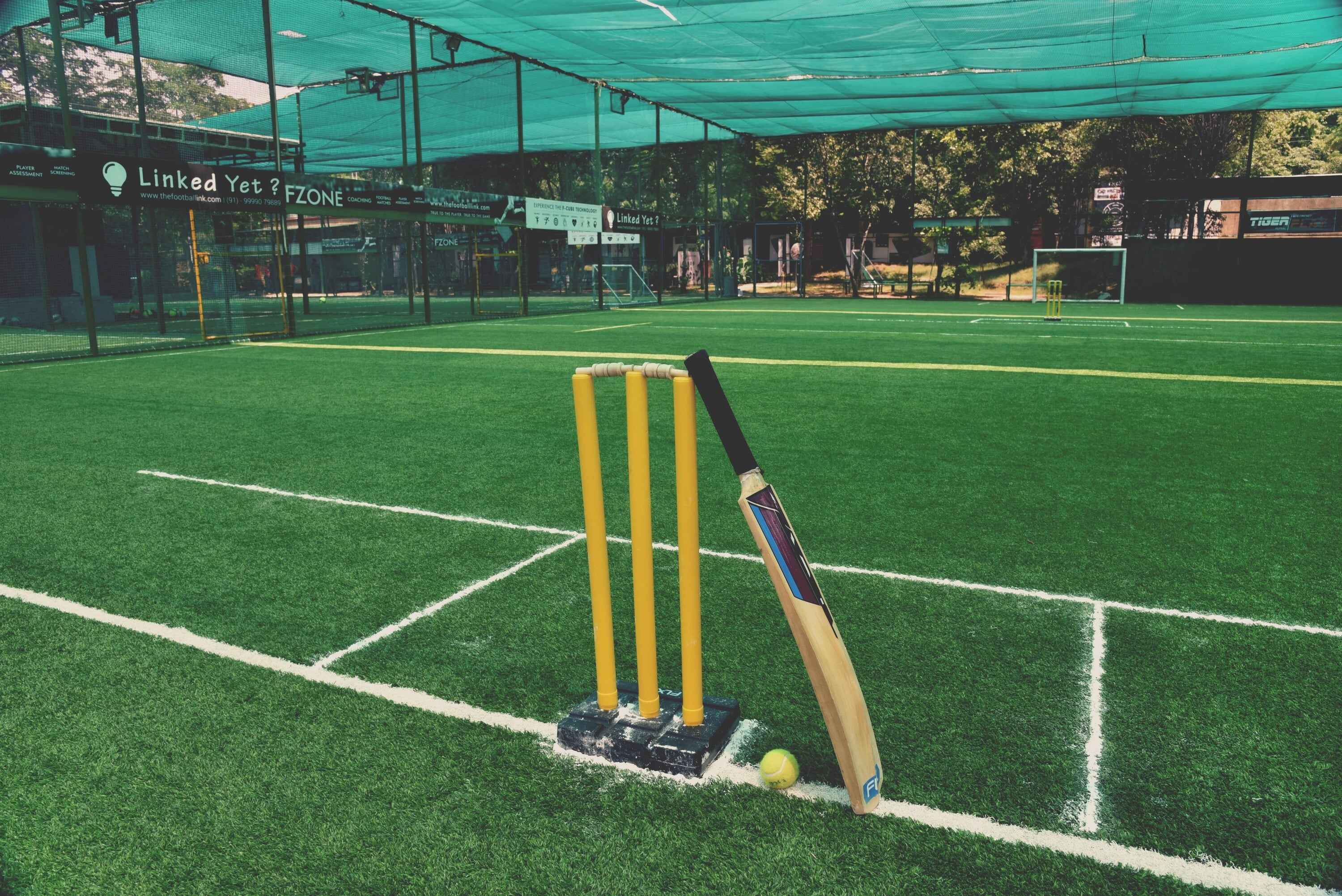The debate over the corrupt Hyderabad Cricket Association is turning into an engaging spectacle as our e-paper has opened the floor to diverse views from all stakeholders willing to join the fight to clean up the rot in the cricket governing body. A parent, who, like the affiliated club secretary, wished to remain anonymous, has taken issue with the recently proposed “Blueprint for Revival” of Hyderabad cricket, dismissing it as futile and arguing that the HCA is beyond repair. In the true spirit of fair debate, we now present a detailed response to those criticisms by a club secretary, who has mounted a spirited defence in support of the Blueprint proposal. As a responsible digital media platform, we will continue to encourage constructive dialogue among all who genuinely want to save Hyderabad cricket from the clutches of power brokers, whose cartel has eroded the sport’s credibility. This debate comes against the backdrop of the state’s disappointing domestic performances, even as selectors—both senior and junior—defend their questionable choices amid persistent whispers of “age frauds” and “pay-to-play” allegations. — Editor
A Comprehensive Response to Criticisms of Hyderabad Cricket Association
By Ramakrishna Udupa
Recent critiques of the Hyderabad Cricket Association (HCA), including those calling its revival “impossible,” reflect genuine frustration among stakeholders. But such despair overlooks a vital truth: Hyderabad cricket is not a decade-old venture—it’s a living institution with over a hundred years of legacy.
No credible revival plan can overlook that history simply because of administrative missteps in the last decade. Reform, by definition, must be steady, strategic, and sustainable. A termite-infested house does not need to be demolished; with proper treatment, it can be restored to its former glory. Likewise, Hyderabad cricket needs repair—not replacement.
To pin all the blame solely on HCA is to ignore deeper systemic challenges that have long plagued the local cricket ecosystem:
- Parental inducements, now widely condemned, were once born of desperation in an intensely competitive environment. Over time, these influences became normalized, breeding a toxic culture.
- BCCI’s delayed interventions and inconsistent audits have often slowed reform efforts and allowed inefficiency to persist unchecked.
- Famous Hyderabad cricketers, despite enjoying fame and fortune, have seldom returned to strengthen grassroots structures—creating a vacuum of mentorship and leadership.
- Private academies, though valuable in isolation, have mushroomed without alignment to HCA’s official pathways, fragmenting the city’s cricketing ecosystem.
The cumulative result is a chaotic mix of favoritism, manipulation, and loss of faith—symptoms of neglect that must be treated at the source.
Some have suggested that the Telangana Cricket Association (TCA) could step in as an alternative or even a replacement for the HCA. That, however, is debatable. I say this because the “good work” the TCA claims to have done has rarely been visible—neither in print, nor on visual or social media platforms.
Hence, my perception—right or wrong—is that the TCA seems confined largely to issuing press releases and filing petitions to the BCCI.
Criticism, no matter how articulate, is not the same as capability. If some believe the TCA can be a magic cure, they are entitled to their opinion. My personal view, however, is that Hyderabad cricket cannot afford to leap from one administrative void into another.
Several cricket associations across India have faced turmoil—and emerged stronger without destroying their legacy.
- Mumbai Cricket Association (MCA) restructured its leagues and talent pipelines while retaining its traditional club structure.
- Karnataka State Cricket Association (KSCA) brought transparency to selections through zonal tournaments and performance-based promotions.
- Even the BCCI, once synonymous with opacity, underwent a remarkable transformation under the Lodha Committee reforms, embracing audits, compliance, and better governance.
These examples prove that reform is possible within the institution, not outside it. Hyderabad’s cricketing past should be its foundation, not its burial ground.
If Hyderabad cricket is to reclaim its lost glory, the focus must shift from criticism to construction. The following steps can form the backbone of meaningful reform:
- Strengthen internal oversight through transparent financial and operational audits of all affiliated clubs and administrators.
- Modernize the league structure with digital scoring, verified player databases, and strict enforcement against age and eligibility fraud.
- Collaborate with private academies through formal partnerships that unify player development rather than divide it.
- Seek BCCI’s sustained involvement for infrastructure grants, independent audits, and youth development programs.
- Re-engage former players and proactive parents as mentors, not adversaries—turning disillusionment into direction.
Hyderabad cricket’s problems are undeniable—but its potential remains immense. To abandon the HCA entirely would be like demolishing the Charminar because its plaster is peeling. Institutions of history deserve revival, not replacement.
True reform lies in transparency, accountability, and an inclusive effort to modernize without losing identity. Hyderabad cricket doesn’t need a new body—it needs a new mindset.
The rot can be cleaned. The house can be restored. The legacy can live on—if only we stop fighting over who owns the ruins and start rebuilding together.







